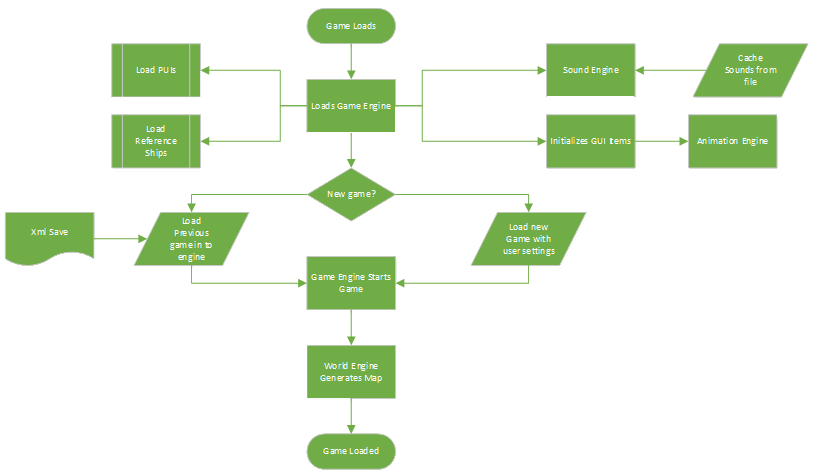2017 BMW 3 Series Gran Turismo

Fascination in spaciousness and design – that is the BMW 3 Series Gran Turismo. In self-confident style it combines powerful sporting character with inspiring size. Its athletic stature and the flowing roof line of classic coupés are a magnet for admiring glances. Wherever they are seated, passengers enjoy comfort and have individual space to spread out. Technologically, the BMW 3 Series Gran Turismo is always far ahead. With its double-round headlights in LED technology, the Head-Up Display, the dynamic BMW TwinPower turbo engines and the active rear spoiler it is a constant source of inspiration. And with the many and varied lines and equipment packages, such as the M sports package, you can adapt it to your very own personal style.
BMW 340i Gran Turismo:
Fuel consumption in l/100 km (combined): 7.3–7.0
CO2 emissions in g/km (combined): 166–159
The figures for fuel consumption, CO2 emissions and power consumption depend on the wheel and tyre sizes selected. Fuel consumption is determined in accordance with the ECE driving cycle. The models illustrated may, in part, include optional equipment and accessories not fitted as standard.
SHOWS STRENGTH. AND DEMONSTRATES GREATNESS.
Consumption
|
| Urban in l/100 km | 8.1–7.7 [7.3–6.9] |
| Extra-urban in l/100 km | 5.4–5.1 [5.4–5.1] |
| Combined in l/100 km | 6.4–6.1 [6.1–5.8] |
| CO2 emissions combined in g/km | 146–139 [139–132] |
| Tank capacity, approx. in l | 60 |
Performance
|
| Top speed in km/h | 230 [229] |
| Acceleration 0–100 km/h in s | 8.0 [8.1] |
Weight
|
| Unladen weight EU in kg | 1,655 [1,675] |
| Max. permissible weight in kg | 2,150 [2,170] |
| Permitted load in kg | 570 [570] |
| Permitted axle load front/rear in kg | 970/1,255 [970/1,255] |
Combustion engine
|
| Cylinders/valves | 4/4 |
| Capacity in ccm | 1,998 |
| Stroke/bore in mm | 94.6/82.0 |
| Engine power in kW (PS) at 1/min | 135 (184)/5,000 |
| Engine torque (Nm) at 1/min | 290/1,350–4,250 |
| Compression ratio : 1 | 11.0
|
Wheels
|
| Tyre dimensions front | 225/55 R17 97V |
| Tyre dimensions rear | 225/55 R17 97V |
| Wheel dimensions and material front | 8 J x 17 inches, light-alloy |
| Wheel dimensions and material rear | 8 J x 17 inches, light-alloy |














































